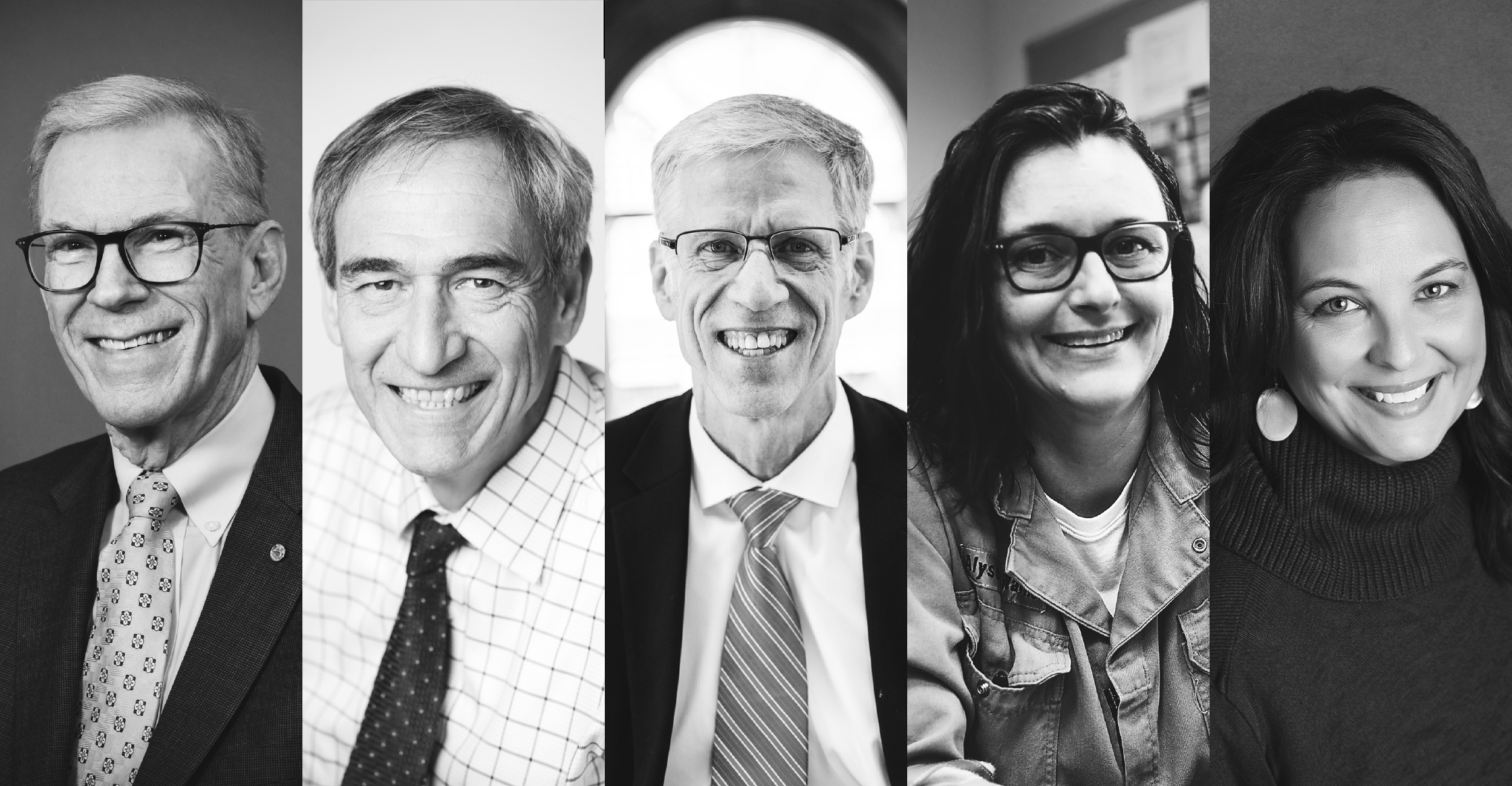
CEAT announces 2023 Hall of Fame Inductees, Lohmann Medal recipient
Friday, October 13, 2023
Media Contact: Kristi Wheeler | Manager, CEAT Marketing and Communications | 405-744-5831 | kristi.wheeler@okstate.edu
The College of Engineering, Architecture and Technology at Oklahoma State University has announced the 2023 Hall of Fame inductees and Lohmann Medal recipient.
CEAT Hall of Fame nominees must be a distinguished engineer, architect or technologist who has made an outstanding contribution to their profession or OSU and has served their community, state and nation with distinction. They should represent some of the most distinguished alumni and industry leaders associated with CEAT. The following candidates meet and exceed all criteria for the CEAT Hall of Fame recognition.
The Melvin R. Lohmann Medal was established in 1991 to honor alumni of CEAT for contributions to the profession or education of engineers, architects or technologists that merits the highest recognition. These honorees are also inducted into the CEAT Hall of Fame.
The college held a Hall of Fame banquet on Oct. 21, 2023, to honor those being inducted.
Honorees being inducted: J. Stephen Ford, Duane Mass, Craig Stunkel, Alyssa Schilling Warner and Cara Cowan Watts.
Hall of Fame inductee and Lohmann Medal Recipent
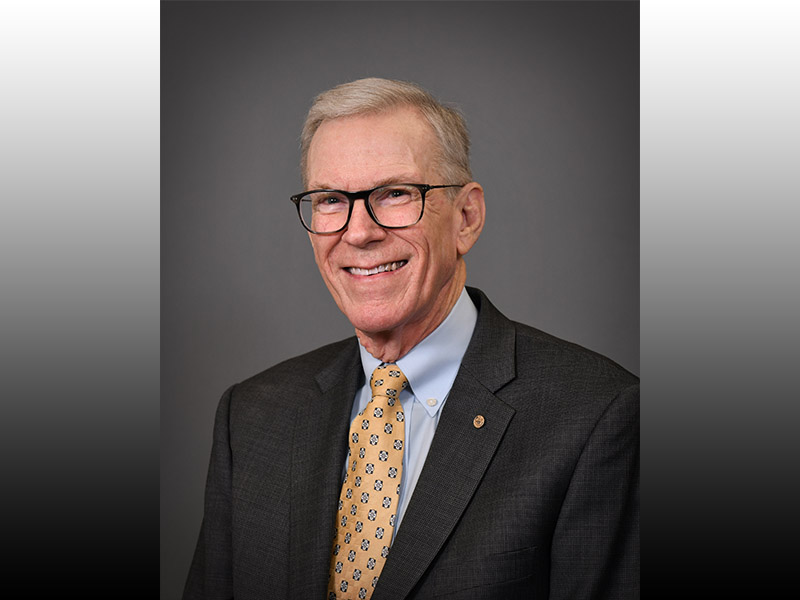
Dr. J. Stephen Ford attended Oklahoma State University from 1965-70, where he graduated with a Bachelor of Science in architectural engineering.
Ford’s parents, Dick and D.H., were also OSU graduates. They brought him and his brothers to OSU’s Homecoming as children. Those early experiences led him to an expectation and understanding that he would attend OSU. Ford and his wife, Jane, carried on the same tradition with their two girls, Jenn Grellner and Lisa Buss, who both attended OSU.
Ford’s undergraduate career pivoted significantly after his freshman year. Ford’s father introduced him to a friend and the owner of a structural engineering consulting firm in Lawton, Oklahoma. Ford worked there each summer and during school breaks. This experience not only led him to meet Jane, but also fully funded his OSU studies and sparked his passion for structural engineering.
The most important lesson Ford learned at OSU happened during failure. Ford worked for OSU’s Dr. Louis Bass in his consulting office and was responsible for writing a computer program to generate loads for a complex dome structure. The program contained an error in one of the load cases and cost $800 (equates to about $6,500 in 2023) to correct.
“I still remember how kind and non-judgmental Professor Bass was when we determined what was wrong,” Ford said. “I’ve tried to remember that and emulate it when well-intentioned people have made an error.”
Upon graduation, Ford attended the University of Texas at Austin, where he obtained both a Master of Science and doctoral degree in civil engineering. He was active in researching the largest assemblage of concrete beams and columns at the Balcones Research Center. His research resulted in implemented changes to the American Concrete Institute Building Code.
Ford was recognized as a Distinguished Alumni of the University of Texas Civil, Architecture and Environmental Engineering Academy. In 2020, he was recognized by The Journal Record in construction and real estate.
Ford became a faculty member at the University of Oklahoma School of Civil and Environmental Engineering (1976-78), then worked at a large structural consulting firm in Dallas until 1980.
At OSU, Ford crossed paths with Bob Zahl, sparking a friendship-turned-business partnership that has endured for more than 55 years. Zahl-Ford Structural Consultants was born in 1980. That partnership is now known as ZFI Engineering. The firm’s work lies primarily in the design of structural systems for new/renovated buildings and in structural assessments/investigations.
Hall of Fame Inductees
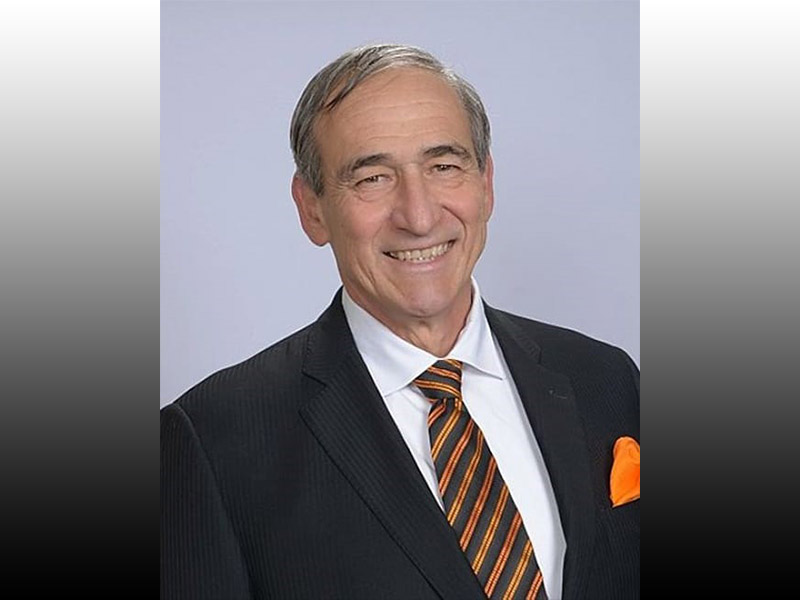
Duane Mass founded his architecture firm, Mass Architecture, with a determination to provide customer service and attention to detail. His passion for the built environment remains as palpable today as when he started his firm over 20 years ago.
Mass was raised in Hartshorne, Oklahoma, on a family ranch. The community was settled at the end of the 19th century by Italian and other immigrant groups. Mass called his hometown “the most atypical Oklahoma small town.” Mass graduated from Oklahoma State University with a Bachelor of Science in architecture in 1989. Much of his time was spent in the architecture studio working, learning and mastering his craft. Upon graduation, he received the Alpha Rho Chi Medal for Merit in Architecture.
His professional career began in Tulsa where he completed a large corporate project. He then moved to a firm in Oklahoma City, where he honed his expertise in educational and medical design and served on a community level. Later, he completed international and multimillion-dollar projects at a third firm. Here, he discovered his passion for historic preservation and restoration.
In 2012, Mass designed the Oklahoma County Health Department’s new 54-acre public health campus, which was featured in The New York Times. He then prepared a disaster and pandemic plan for Oklahoma that subsequently became the national model. Mass extensively offers his professional service to charitable foundations and other institutions within Oklahoma. He not only designs the facilities but also helps the organization fundraise to build them.
Mass led the initiative with Oklahoma Gov. Brad Henry to restore the State Capitol. The restoration began in 2014 and was completed in 2023. The American Subcontractors Association named Mass the 2013 Architect of the Year.
Today, Mass serves on the OSU School of Architecture Advisory Board. He enjoys staying connected and relishes the fact that today’s generation is working just as hard as he did for the degree. Mass and his wife, Robin Troy, created and funded a scholarship endowment assisting nontraditional students who wish to study architecture abroad.
“Students at CEAT should understand that it is our mission to serve,” Mass advised to all students. “What you build or create will serve for the betterment of all of us or it is not worth doing.”
Mass and Robin met at the Eskimo Joe’s Beer Garden on Feb. 4, 1988. They went on to have one son and two daughters: Frank and Jessica both graduated from OSU, and Rachel graduated from the University of Arkansas.
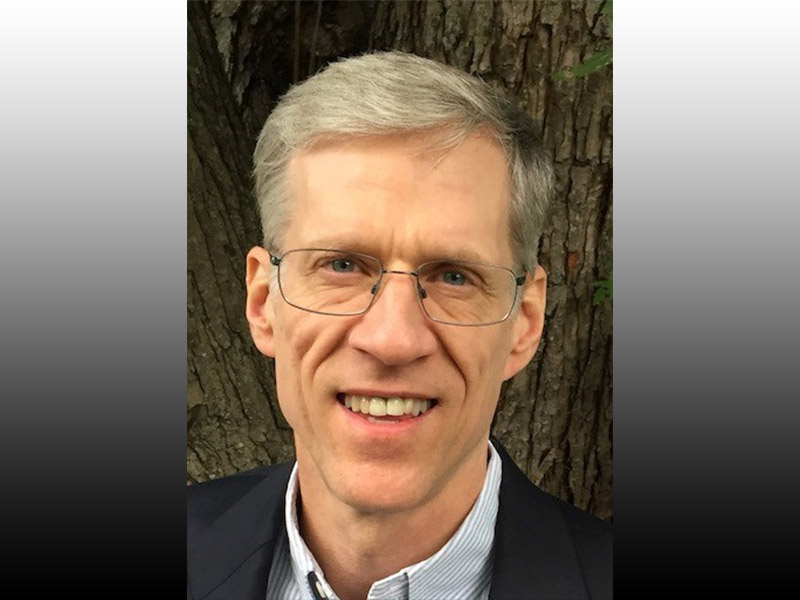
Growing up in Stillwater allowed Dr. Craig Stunkel to be immersed in the Cowboy Culture before becoming a student.
He loves the relationship Oklahoma State University has with the community. Stunkel
walked onto the men’s basketball team during his freshman year, later earned a scholarship,
and played throughout his undergraduate years. He was also a member of Sigma Nu Fraternity.
Stunkel graduated from OSU with a Bachelor of Science in electrical engineering in 1982 and a master’s degree in 1983. Upon receiving his master’s degree, Stunkel accepted a job with IBM and moved to Rochester, Minnesota. He spent three years designing IBM System/38 computers before making the decision to continue his education.
Stunkel and his wife, Susan, moved to Illinois in 1986 so he could attend the University
of Illinois doctoral program.
“Susan and I often say, ‘If we had understood all the things that can go wrong on
the road to a Ph.D., would we have had the courage to pursue it?”’ Stunkel said. “But
it really worked out well in our case.”
Stunkel began a 30-year career of avid leadership with IBM Research in 1990, serving in multiple roles, including technical leader, executive advisor, different levels of management and mentoring. His work on interconnects (a key part of any supercomputer system) contributed to, and was essential to, the development of multiple high-performance computing systems, which have been installed at the U.S. Department of Energy Labs, the U.S. Department of Defense, other U.S. government agencies and worldwide.
With Stunkel’s contributions, IBM has ranked first in the computing industry’s Top 500 list for performance of supercomputers. Stunkel received four “Outstanding Technical Achievement” awards in three different areas: contributions to Blue Gene/P, Federation Switch and SP Communications Subsystems.
In 2020, Stunkel retired from IBM and joined NVIDIA. While Stunkel cannot share his contributions at NVIDIA, he stated that he continues to focus on creating the highest-performing networks in the world. Stunkel has 19 U.S. patents, 56 papers and three books/journal issues to date. He is recognized as a world-class expert in the interconnect area.
Stunkel’s passion lies in computer design and high-speed internet; however, this does not take away from his continued love for basketball and his family. Stunkel and Susan have two kids, Leanne and Kevin, and three grandchildren.
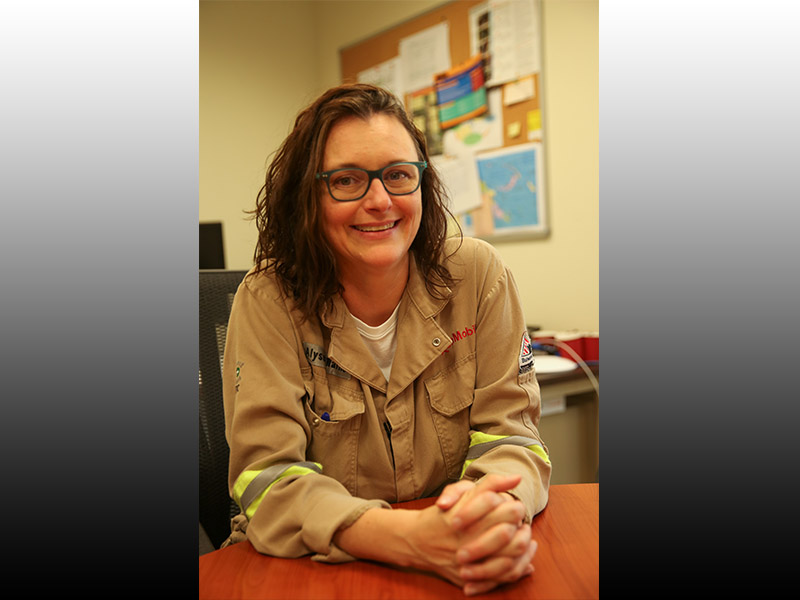
Alyssa Schilling Warner earned a Bachelor of Science in chemical engineering from Oklahoma State University’s College of Engineering, Architecture and Technology program in 2002.
Schilling Warner was a Kappa Alpha Theta sorority member, an OSU Top 10 Freshman Woman, the top CEAT graduate and Top Female Graduate of OSU in 2002. She co-founded and led the CEAT Freshman Council, was active in AIChE, president of Omicron Delta Kappa and executive director of the Big Event, now known as Into the Streets.
Schilling Warner then began what would be a 20-year career with ExxonMobil. When she had the chance to take a new role, she jumped at it, though it involved moving her family, including her young daughters, around the world because of the amazing technical opportunity. She spent the last four years of her career in Papua New Guinea. Her highest-profile role was as an asset manager where she was the operations manager for an 8.3MTPA liquid natural gas plant.
Schilling Warner grew up in Follett, Texas, and then Shattuck, Oklahoma. From an early age, she was taught key life skills: hard work, family, community and service. Shortly after graduating, she began funding a President’s Distinguished Scholarship to benefit students from rural areas studying engineering. She wanted everyone to have the opportunities she had at OSU and was willing to support them financially. She also served as a recruiter for ExxonMobil at OSU, seeking out the best students to join the company.
Schilling Warner was highly respected by the workforce in PNG as she was invested in their growth and success. Female engineers looked up to her as a role model and referred to her as “Boss Meri” or “Girl Boss” in their native language.
In 2013, Schilling Warner married Jeff Warner and soon had two daughters, Audra (2015) and Laurel (2019). Her goal was to set an example for how to be a strong, smart and loving woman for her daughters to look up to.
Schilling Warner passed away on March 16, 2023, at the age of 44. She made a significant impact on many during her life and will continue to do so through her legacy and the lives she influenced. She was everything a leader should be and an inspiration to all.
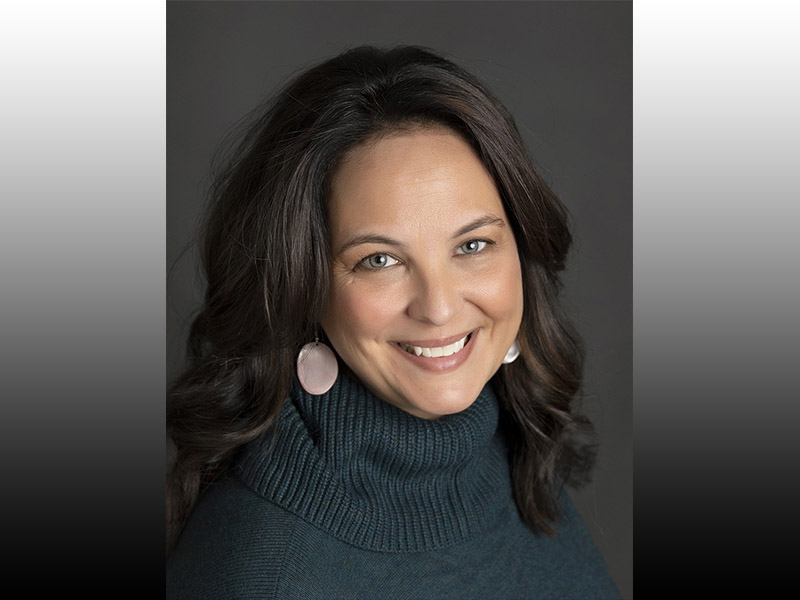
Cara Cowan Watts obtained a Bachelor of Science in mechanical engineering from Oklahoma State University Stillwater in 1997 and a Master of Science in telecommunications management from OSU-Tulsa in 2002.
Before returning to OSU for her doctorate in biosystems engineering, Cowan Watts worked at Hewlett-Packard in Colorado Springs, Colorado, in manufacturing, then Williams Communications in Tulsa in telecommunications. She received her Doctorate in Biosystems Engineering in 2015.
Cowan Watts’ husband, Doug Watts, created Tulsa Pier Drilling in 1998. She married Doug in 2005. Cowan Watts oversees drilling services, a team of almost 18 full-time and part-time employees, a fleet of commercial trucks and drill rigs, bidding, legal negotiations, human resources needs, and much more for their privately-owned business. TPD has been under her leadership since 2016.
Cowan Watts is a Louis Stokes National Science Foundation Fellow and former twice-elected member of the American Indian Science and Engineering Society (AISES) Board of Directors. From 2017-21, she served as president of the Oklahoma Professional Chapter. In 2018, Cowan Watts facilitated an agreement between OSU and AISES to bring the National American Indian Science and Engineering Fair to OSU. In 2020, she was awarded the highest AISES lifetime achievement award — the Ely S. Parker Award — recognizing Native American leaders who most clearly embody AISES’ mission and goals through their achievements and contributions to science, technology, engineering and math.
Cowan Watts remains heavily involved in OSU. Since 2019, she has served on the OSU Department of Biosystems and Agricultural Engineering’s advisory board, including acting chair. She joined the OSU College of Engineering, Architecture and Technology Strategic Advisory Council in July 2021.
Cowan Watts is committed to improving her community through both STEM education and beef production. From 2003-15, she served three consecutive terms as a Cherokee Nation Tribal Councilor for portions of Tulsa and Rogers counties in Oklahoma.
She currently is serving her third term on the counties’ USDA Farm Service Agency Committee. Her goal is to drive public policy and ensure the next generation of farmers and ranchers can feed America.
Photos: provided
Story by: Ashleigh Green | IMPACT Magazine
